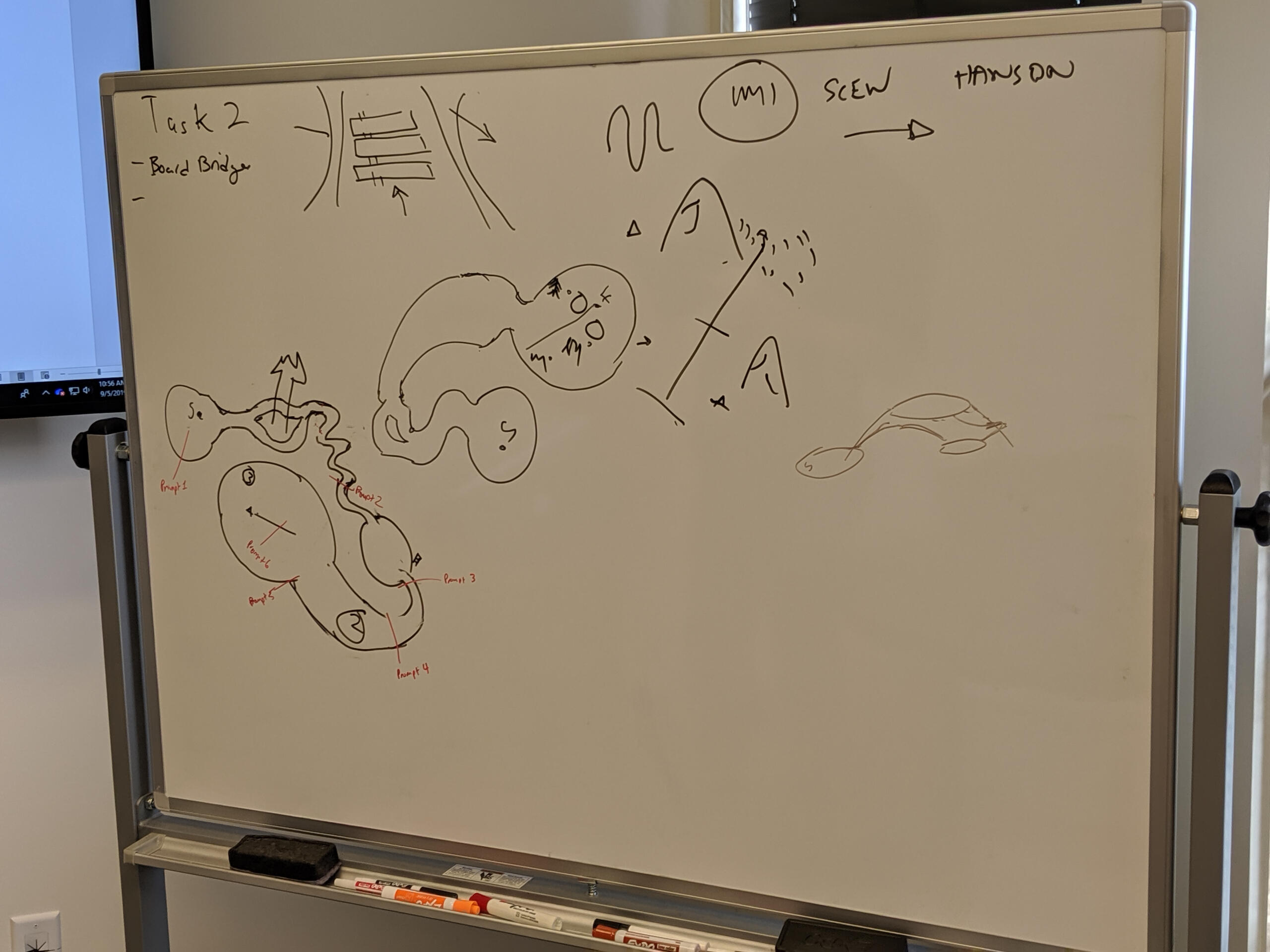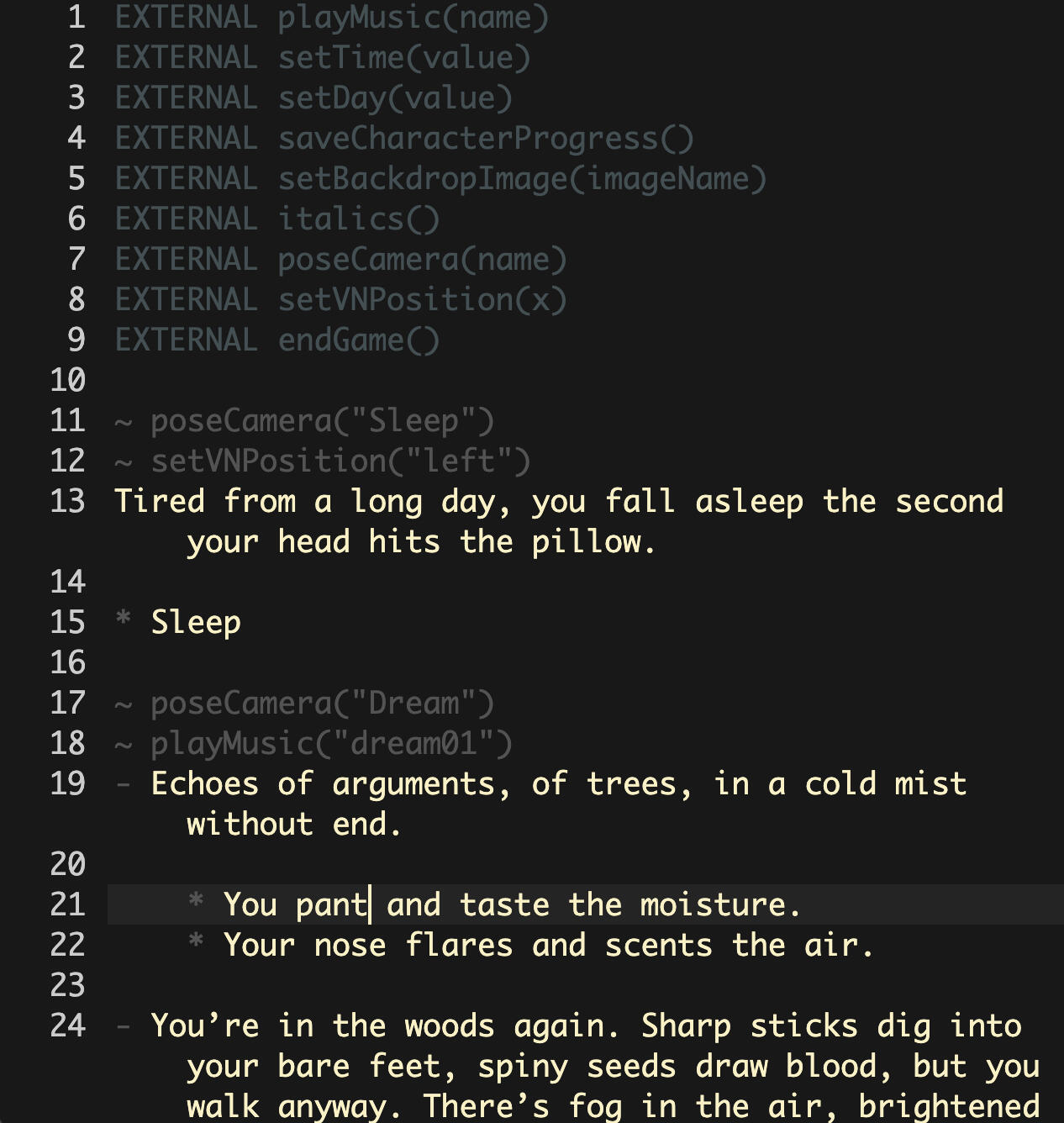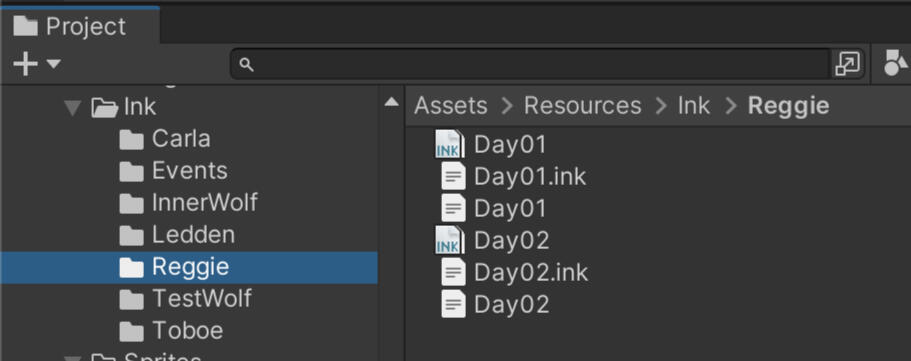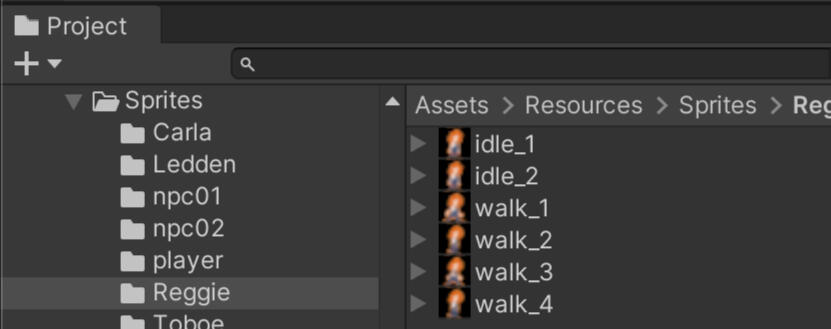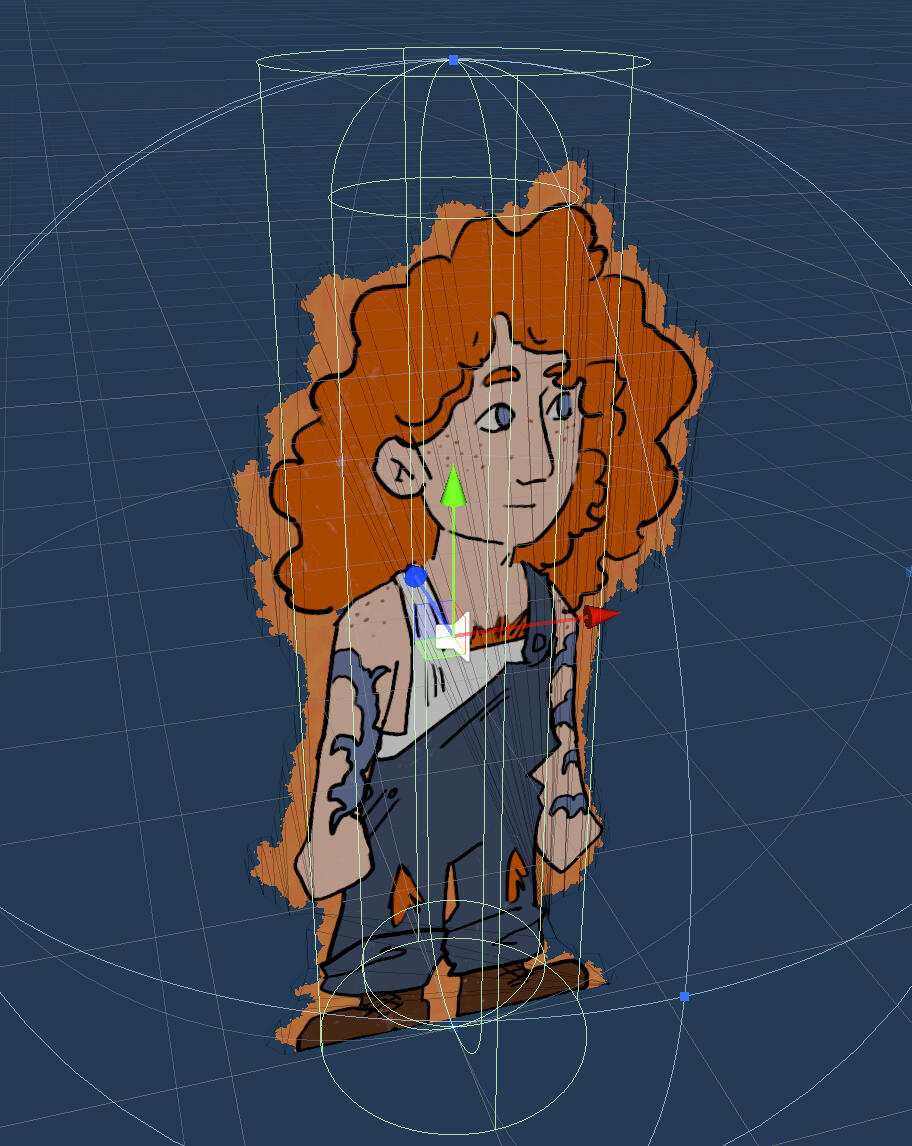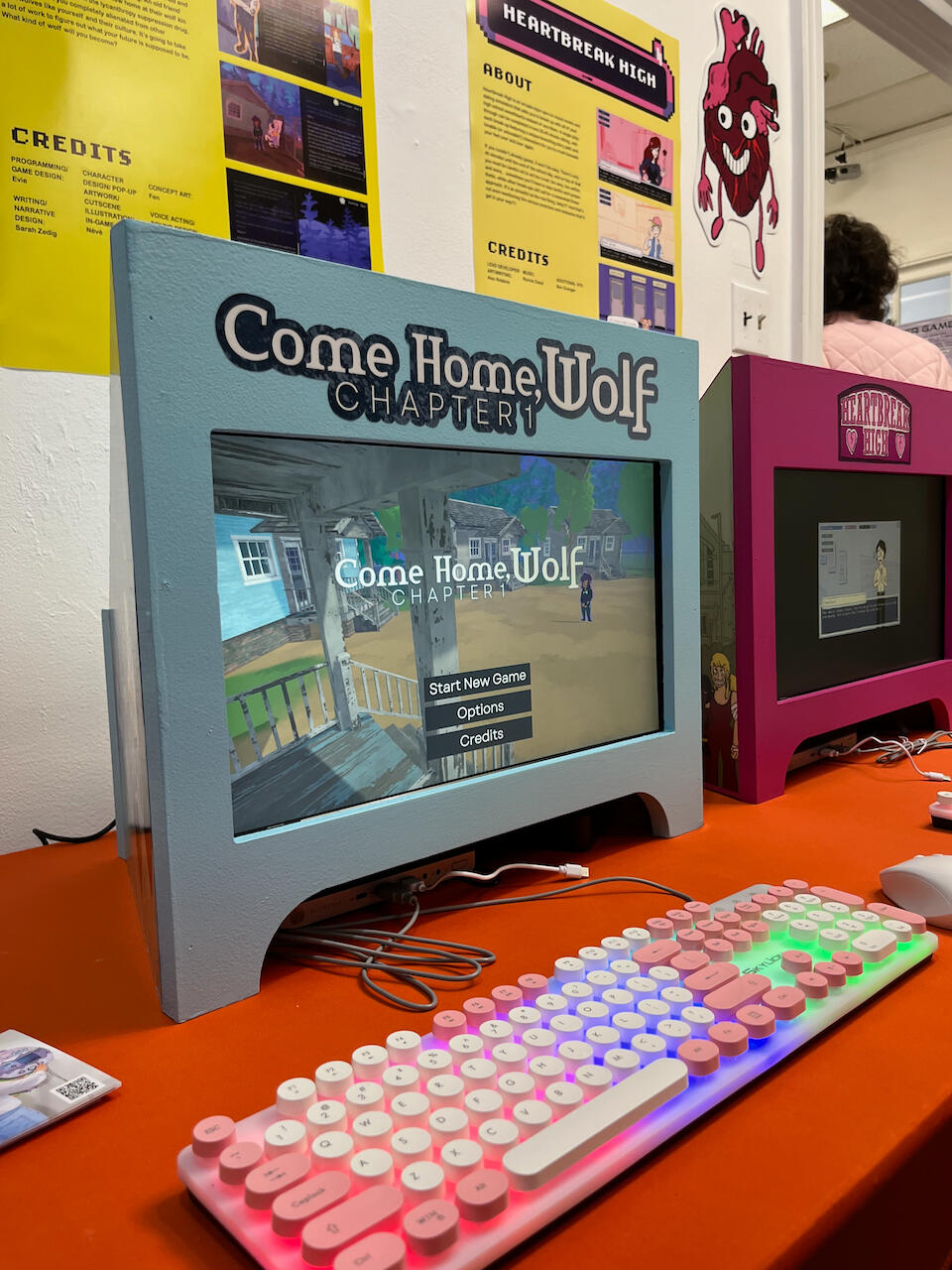
Evie Smith
Gameplay Programmer | PC & Mobile | 8 Years XP
I am seeking to create vibrant and powerful experiences through the medium of interactivity.This portfolio is a limited selection of my previous works with detailed breakdowns to illuminate my approach during the development process and the specific ways I have contributed to each.Feel free to reach out to me through the various means linked on this page if you have any questions and I look forward to talking with you about games soon!
August 2022 - May 2025
Garden Joy
Platform: iOS, Android
Engine: Unity
Team Size: 30+ (Remote)
Duration: 2 years, 9 months
Build: link
Garden Joy is one of the most polished and challenging projects I’ve had the pleasure of working on: a live service game developed for a large audience across multiple platforms.When I started work at Burlingame Studios I worked as a Tools Engineer to improve and simplify artists’ workflow within the Unity game engine.Later I was brought on to work with other developers as a Client Engineer, developing complex gameplay systems and shipping them onto a live game.
March 2023 - April 2023
Come Home, wolf
Platform: PC, Mac, WebGL
Engine: Unity
Team Size: 5
Duration: 1 month
Build: link
Come Home, Wolf is a small jam project made in collaboration with a team of artists I adore. For a month I managed our team and did all of the game design, programming and logistics for this short, narrative-focused adventure. As part of this jam I wanted to explore topics that mean a lot to me and design a gameplay structure that supports narrative exploration of those elements.In the game you have recently finished your contract working aboard a factory space station and have retired planetside to join a community of people like yourself. Except, you've been taking the company required drug Lygone to suppress your lycanthropy and have no idea what it means to be a werewolf. Each day you spend with a character of your choice to learn what this identity means to them and return home to reflect with the wolf appearing in your dreams.Come Home, Wolf was featured as one of nine games in queer video games exhibit FreePlay! 2024.
May 2019 - Dec 2019
MTRS
Platform: Windows, Mac, Linux
Engine: Unity
Team Size: 10
Duration: 7 months
For MTRS I worked heavily on Level Design and Gameplay Systems Design. This project was for a military client to translate the experience of operating a robot for the purposes of diffusing bombs from real life physical locations designed for training into a virtual experience that could run on the same hardware used for operating the equipment.As part of this project, members of my team traveled to an out-of-state military base, went through the training they give service members, studied real life training environments, then worked with other engineers and instructional designers to develop the game.
More evie smith
You can see more of my work on my itch.io and connect with me via social media like my LinkedIn page. Hope to speak with you about your pojects soon!
August 2022 - May 2025
Garden Joy
Platform: iOS, Android
Engine: Unity
Team Size: 30+ (Remote)
Duration: 2 years, 9 months
Build: link
Garden Joy is one of the most polished and challenging projects I’ve had the pleasure of working on: a live service game developed for a large audience across multiple platforms.When I started work at Burlingame Studios I worked as a Tools Engineer to improve and simplify artists’ workflow within the Unity game engine.Later I was brought on to work with other developers as a Client Engineer, developing complex gameplay systems and shipping them onto a live game.
Validation Tools
One of my first successes at Burlingame Studios was improving the validation tools the art team used to verify their assets were ready to be packaged.When I first arrived, tools did exist but the validation checks it made were different from the ones made in their level editing tools and the build machines that created the final asset bundle.In order to make all of these tools more useful, I redefined the validation criteria across the team, moved the applicable methods and created new ones in a utilities class. Then connected each part of the process into that same core validation system.The new Asset Validation Data class also gave me the opportunity to streamline the logging of all validation issues it came across. These messages would provide the same data formatted in the same way across all parts of the validation process. This also made it easier to update older assets to align with the new requirements as they were caught in different parts of the pipeline.
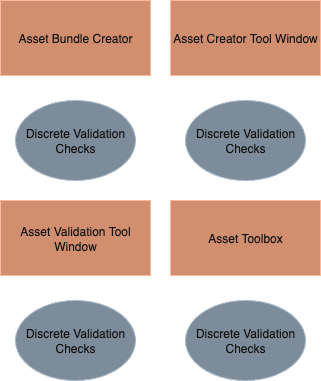
Before my validation tools. (above)
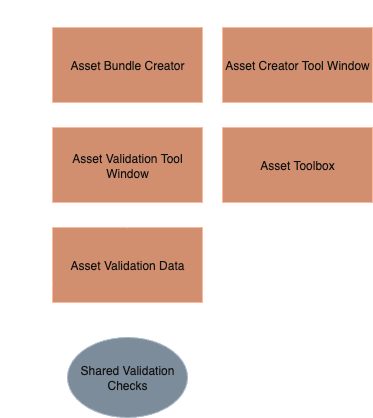
After my validation tools. (above)
Designing Collections
During the design of our Nurture feature which would allow players to unlock seeds they could grow into plants to use in the game, we wanted to create a fun visualizer which the player could use to look at their growing collection.I was tasked with prototyping different ways to display the unlocked plants to the player. One we didn't ultimately use was a coin with depth to it. Using shaders, I created an environment that existed behind the coin, but was only visible through the front.However the design team wanted to have the plant poking out of it and we ended up needing to scrap the coin idea in order to better achieve those goals. Instead of the coin, we went with a design styled after the custom tabletop gaming minis my friends and I use when playing Dungeons & Dragons.We designed different colored bases to indicate seed rarity, created a ground mesh to represent the environment the plant was from, and then placed the model in the middle. To top it all off, I added player controls that allow them to spin their rare plants around by dragging their finger across the touch screen.
Gameplay featuring the Collections.
March 2023 - April 2023
Come Home, wolf
Platform: PC, Mac, WebGL
Engine: Unity
Team Size: 5
Duration: 1 month
Build: link
Come Home, Wolf is a small jam project made in collaboration with a team of artists I adore. For a month I managed our team and did all of the game design, programming and logistics for this short, narrative-focused adventure. As part of this jam I wanted to explore topics that mean a lot to me and design a gameplay structure that supports narrative exploration of those elements.In the game you have recently finished your contract working aboard a factory space station and have retired planetside to join a community of people like yourself. Except, you've been taking the company required drug Lygone to suppress your lycanthropy and have no idea what it means to be a werewolf. Each day you spend with a character of your choice to learn what this identity means to them and return home to reflect with the wolf appearing in your dreams.Come Home, Wolf was featured as one of nine games in queer video games exhibit FreePlay! 2024.
Designing the gameplay loop

Diagram showing the flow of a day in Come Home, Wolf.
I designed the gameplay loop with several constraints and intentions in mind.Firstly, since we were building Come Home, Wolf for a game jam with each part of development moving simultaneously, I wanted our writer to be able to think of each character’s narrative as their own story modules with natural sequence breaks. That way a new character could be added simply by taking their character art and story and placing them into the game world.
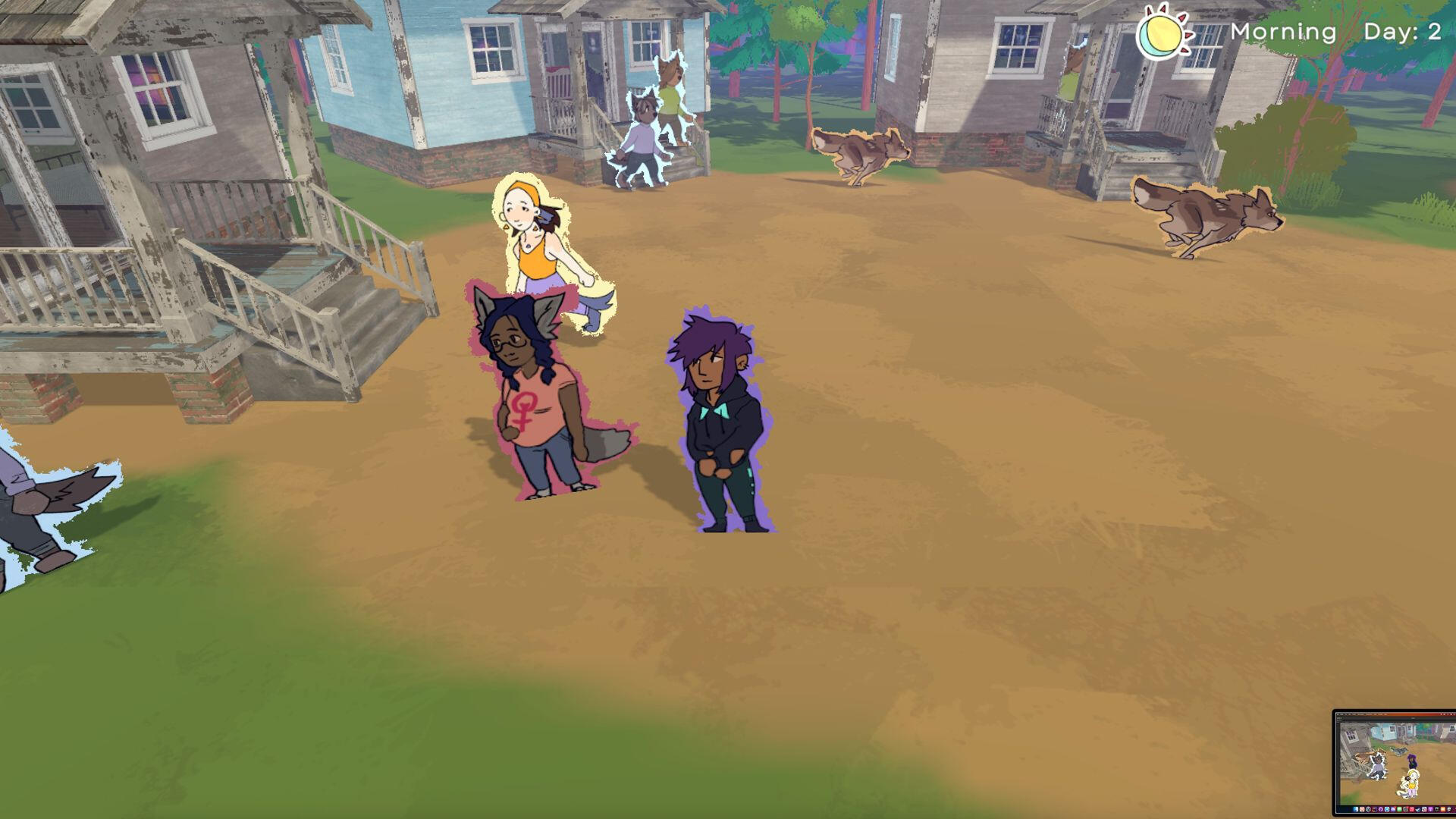
The rewilding zone can be freely explored.
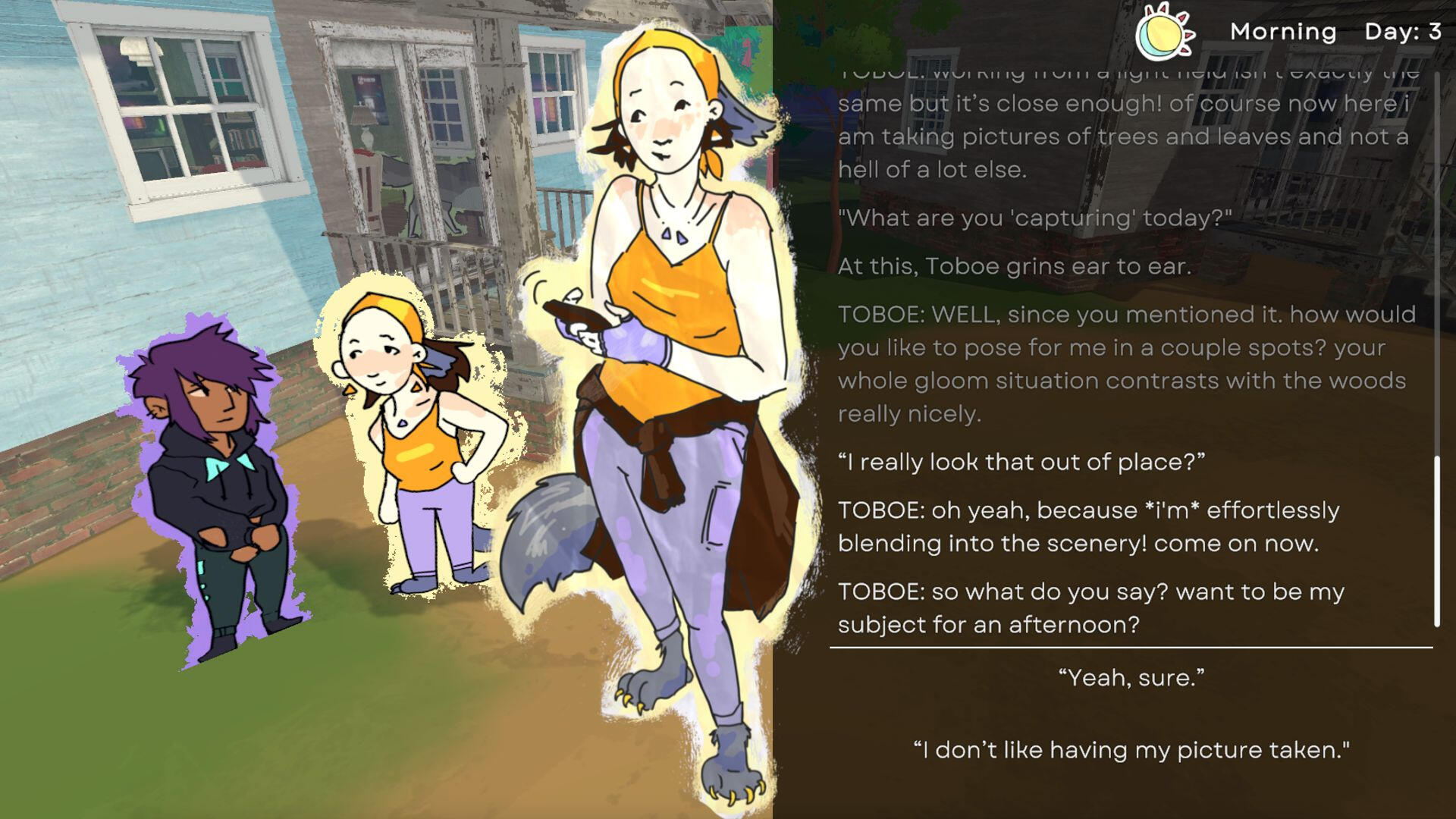
The player choosing to spend the day with Toboe.
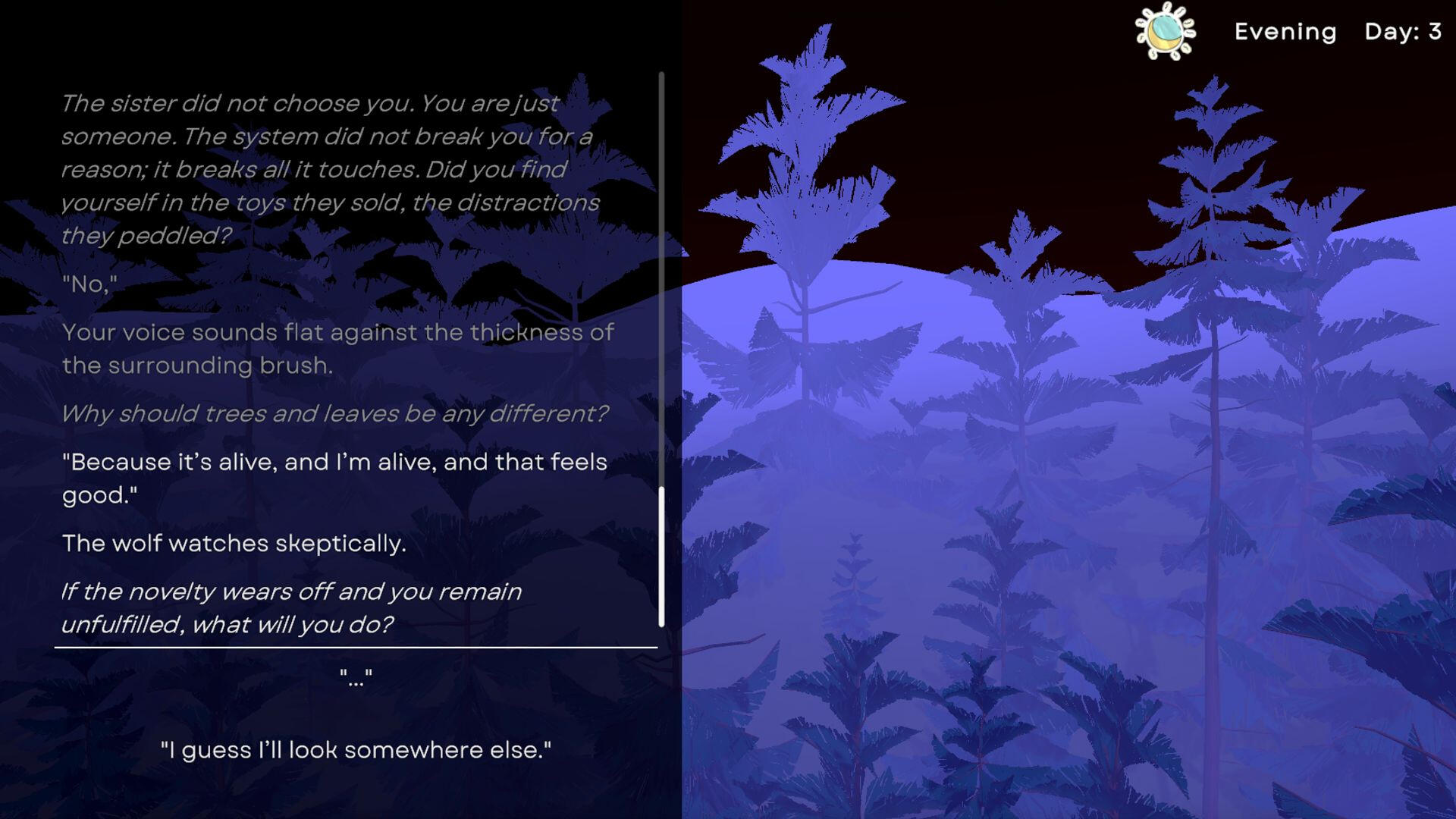
The player discusses their day with their Inner Wolf.
Secondly, in addition to the time the player spends with each character to get to know them, I wanted the player to have time to reflect on that conversation with their “inner wolf”. The choices in Come Home, Wolf don’t have any external changes to the story and are more focused on the player’s internal outlook. This way we could avoid having to build many branching paths while also building our design framework around the goal of having the player focus on the questions of identity the game poses.To facilitate this, we structured the game by days with two main phases: Community Connecting and Reflection. By letting the player choose which character they wanted to interact with, they could move forward character stories incrementally during the Community Connecting phase, then have a related Reflection conversation during their dreams, resetting the loop the next day.
Working with artists
For the narrative elements of the game, I worked closely with our writer Sarah Zedig to build tools she could use to write that would let her playtest the dialogue and control game elements without needing to dig into any code.We ended up using Inky which is an editor which uses the similarly named narrative scripting language 'Ink'. With this, I was able to create hookups between the game engine and the narrative script that Sarah wrote.
Images demonstrating file structure utilized for "drag-and-drop" updates to game content.
I like to develop tools that allow artists to drag and drop their artwork into a project with as little work as possible on the programming side. One of the ways we achieved this was by utilizing a stricter gameplay loop structure, we could organize our narrative files based on what numbered day the player was on. When playtesting in-game, we could easily test changes by updating a character's dialogue file which could be worked with outside of the game engine.
Similarly, all of the characters in the game ran off of a simple, custom animation script which would collect all of the required sprites for the animation based on the character name and the animation frame name.Using this framework allowed me to work on the game with characters and AI agents moving around the environment and allowed artists to touch up and iterate on their designs without negatively impacting the game. Once a sprite was ready to be updated, all we needed to do was replace the old file with the new one.
Simulation inside narrative
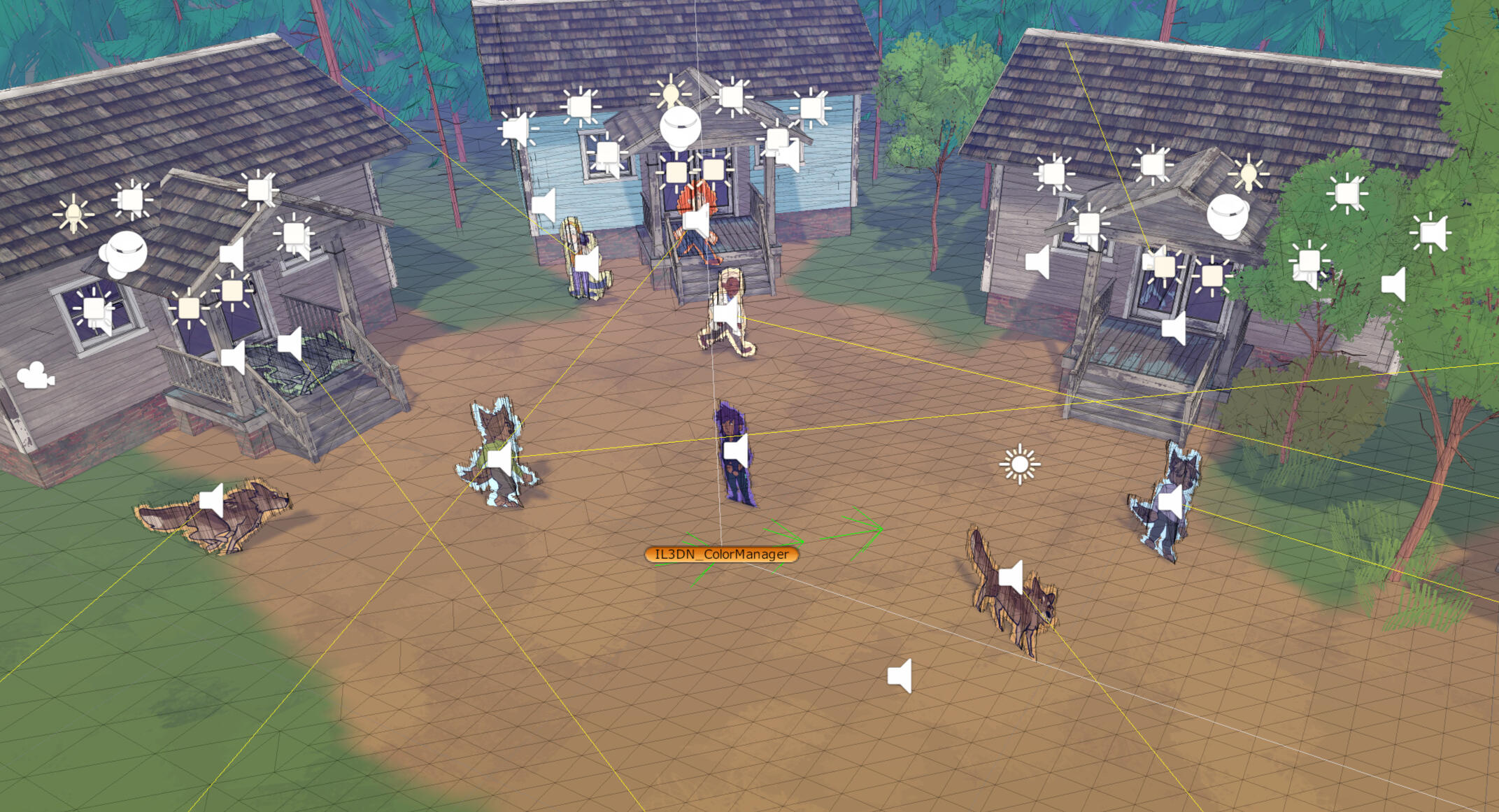
An overhead view of the scene showing many AI agents navigating the rewilding zone.
In many aspects, my vision for Come Home, Wolf was much more ambitious than what we would be able to achieve in the time frame of a game jam. Nowhere is that more evident than in the barely utilized custom AI system I developed.Including simulation where possible is a passion of mine when building interactive experiences, especially when it comes to giving characters motivated movement and routine through virtual environments.My initial goal was to create something that operated similarly to a colony sim like Rimworld, with independent AI agents which move and act based on internal goals and decisions. While the player does not interact with these in any way, building something that makes other characters' that inhabit the space feel believable grounds a space. With a story that is so centered around these different characters lives, it excited me to think that upon multiple playthroughs a player could decide to follow a character and gain new insight based on their daily routines. In practice, most of the characters move between different navigation targets at random with narrative specific points set aside for when certain conditions are achieved.
While those ambitious goals didn't come to fruition, largely because time spent developing the story and narrative mechanics took precedent, some of those features still come through in the game. Most specifically are the points set aside for the characters at specific narrative moments.
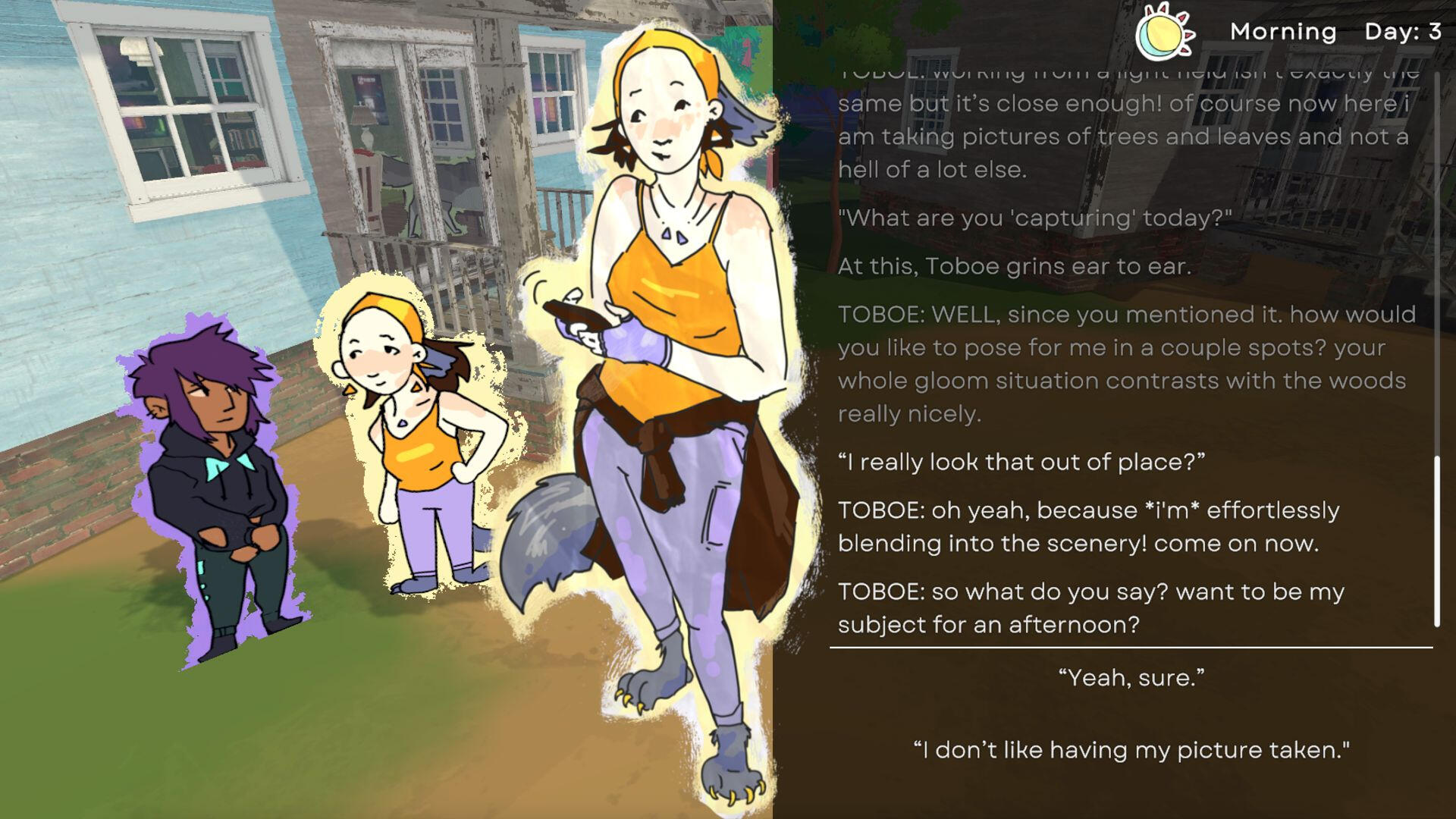
A navigation point exists for each core character as well as the player and camera for framing dialogue.
Following the core gameplay loop, each character the player can interact with has a specific dialogue file associated with them by a particular day. In that same regard, I created meeting points where the characters would stand and wait for the player based on their availability on a specific day. When the day is updated, it checks to see if a specific event with a specific character is happening that day and assigns a new behavior based on that check.
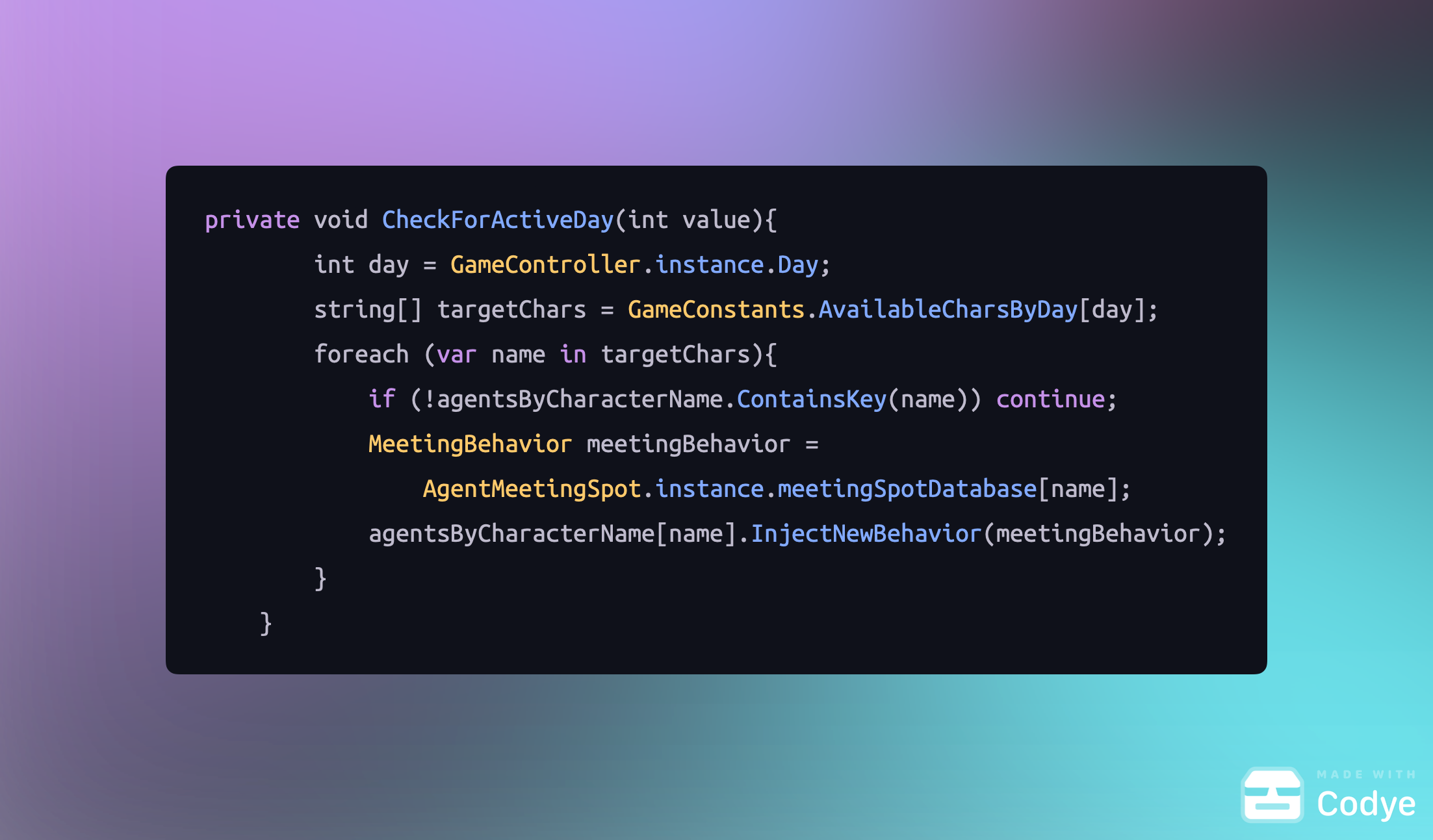
Excerpt from AgentSpawnController.cs
Freeplay! 2024
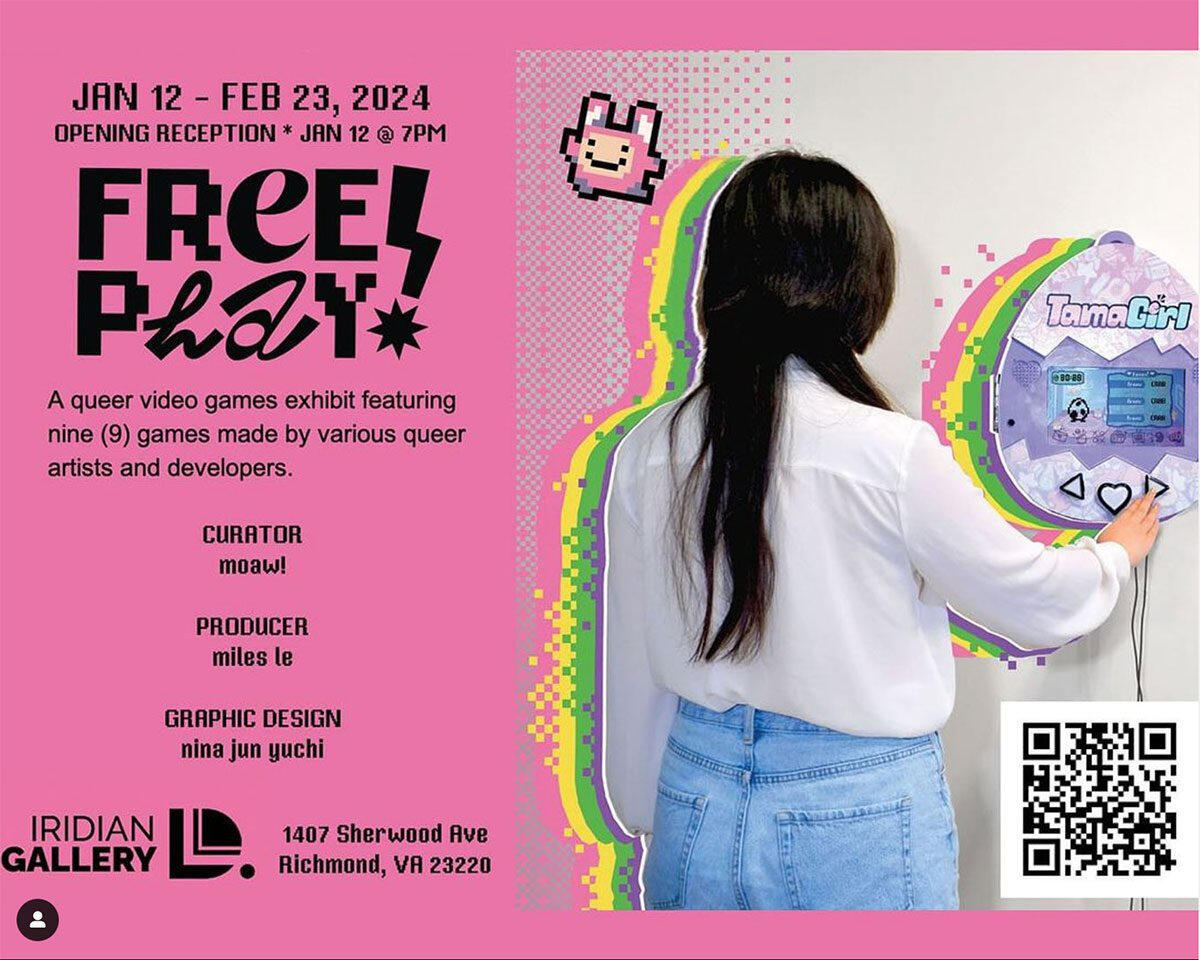
FreePlay! 2024 was Richmond, VA's first queer video games exhibit at the Iridian Gallery that ran from January 12th to February 23rd of 2024. Come Home, Wolf was one of nine projects to be a part of the show.The rest of the team and I are thrilled we got to be a part of this and it was a joyful time to see so many people playing our small project.
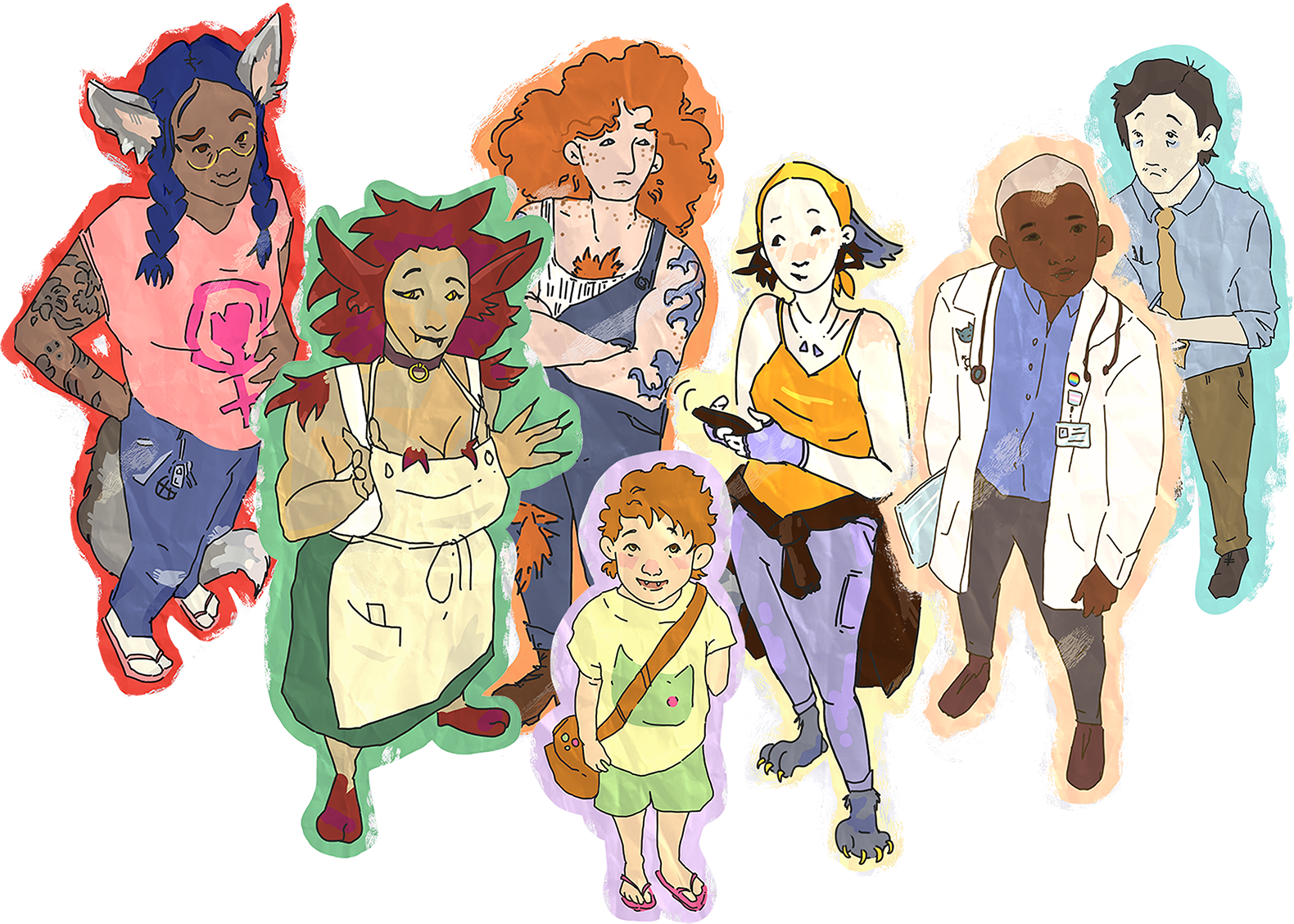
May 2019 - Dec 2019
MTRS
Platform: Windows, Mac, Linux
Engine: Unity
Team Size: 10
Duration: 7 months
For MTRS I worked heavily on Level Design and Gameplay Systems Design. This project was for a military client to translate the experience of operating a robot for the purposes of diffusing bombs from real life physical locations designed for training into a virtual experience that could run on the same hardware used for operating the equipment.As part of this project, members of my team traveled to an out-of-state military base, went through the training they give service members, studied real life training environments, then worked with other engineers and instructional designers to develop the game.
Developing the controls
For MTRS we used a proprietary controller developed specifically to operate the robot. Using unique hardware meant there were fewer resources when we encountered issues.
Testing pre-programmed poses for the MTRS robot.
One small example is that the triggers used irregular analogue directional values. Rather than resting at 0 and either going to -1 or 1 based on user input, the analogue stick would rest at 0.5 and move to 0 or 1. We created our own translation script that would work between the proprietary controller's input and Unity's advanced input system. This way we could use both the final control method as well as more standard off the shelf controllers across the office.
Implementing complex gameplay interactions
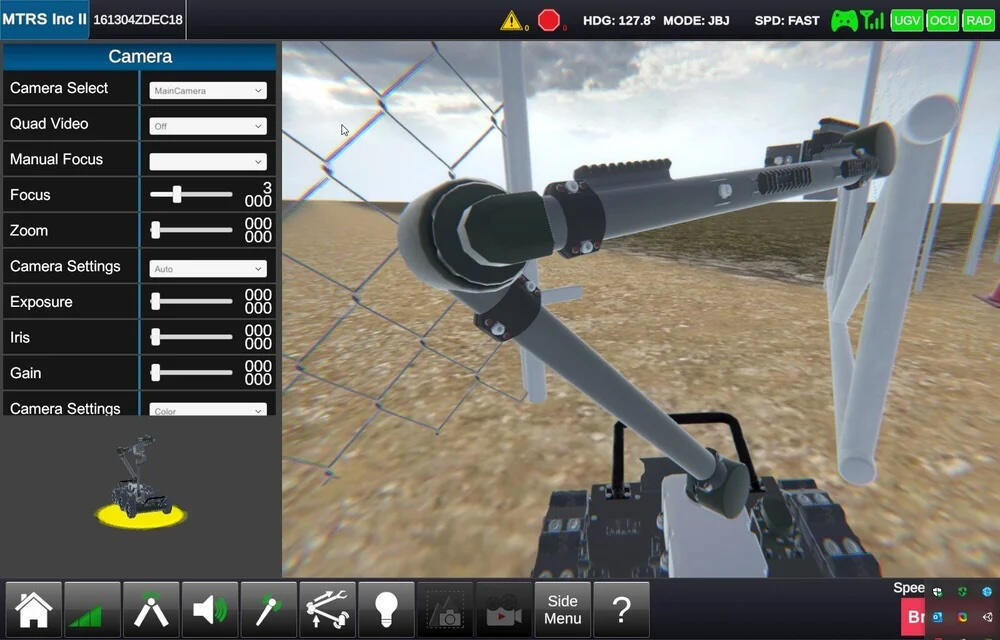
Unity Hinge Joint components were also used for other gameplay elements like Gates.
One of the most challenging gameplay elements of MTRS was the door gameplay. As this robot was meant to traverse many different environments, operators would need to practice opening doors with various types of knobs and handles under a variety of conditions.In order to do this successfully and have it run on lower powered hardware, I built a generic door prefab that could have its main door mesh and door knob replaced and adjusted for different tolerances.Using Unity's Hinge Joints, we connected the handle to the door and set rotational thresholds to lock or unlock the the door's latch from the strike plate. Then, we had different flags set to allow the door to turn inward, outward, or both and used additional hinge joint components connected to door's frame to help simulate different door weights that would make it more challenging to enter.
Designing Levels To Achieve Instructional goals
For MTRS we worked with instructional designers to structure the learning for each introductory task and scenario to ensure the simulator covered all required material. We were given more freedom for the later scenarios with specific locations and objectives requested and the layout left for us.
